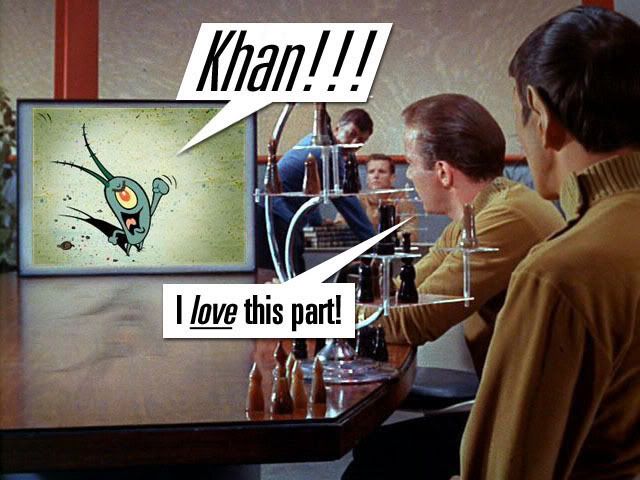I've watched TOS my whole life, and random questions come into my head from time to time.
Regarding the personal display screens. ie in the conference room, where there are 3 screens shaped in a triangular facing fashion, or in personal quarters- a single screen... did they have the technology in the 60s to actually route video output to those? Or was the video placed there in post? They are pretty convincing.
Regarding the personal display screens. ie in the conference room, where there are 3 screens shaped in a triangular facing fashion, or in personal quarters- a single screen... did they have the technology in the 60s to actually route video output to those? Or was the video placed there in post? They are pretty convincing.








 )
)
